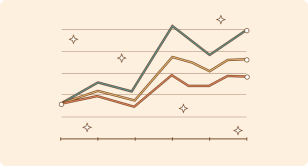Tax-Efficient Wealth Transfer in Germany: Pensionfriend's Solution for Capital Gains & Inheritance Tax Savings
Wealth transfers often face high taxation, but with a life insurance wrapper and strategic planning, you can significantly reduce or eliminate these costs.Updated on 27 February 2025



